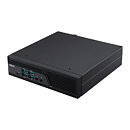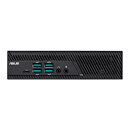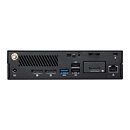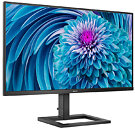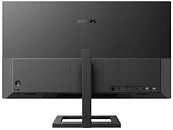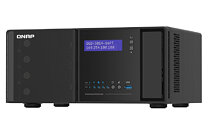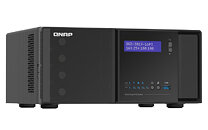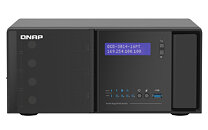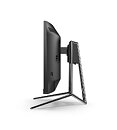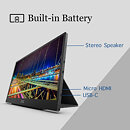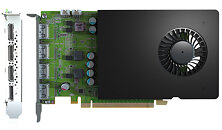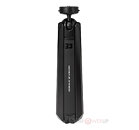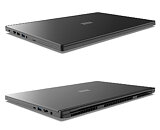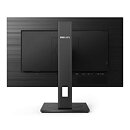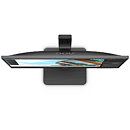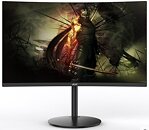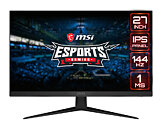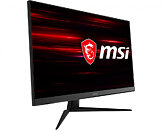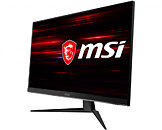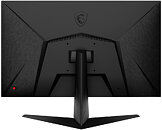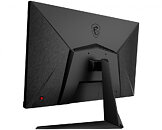
AMD Releases Radeon Software Adrenalin 21.4.1 WHQL with Dozens of New Features
AMD today released the Radeon Software Adrenalin 21.4.1 drivers, which introduce major updates to the soft-product that completes your AMD Radeon graphics cards. The drivers come with updates to the Radeon Software interface, and the AMD Link remote-gameplay utility. Radeon Software now comes with an improved installer with installation presets that let you choose between a Full (typical) installation, with all software features installed; a Minimal installation with an interface that only has basic settings related to the display and GPU; and "driver-only" that only installs the display driver, and no additional software.
There are several new features introduced within Radeon Software. Vivid Gaming Display Color Enhancement is a new monitor color profile that enables a more "vivid" color palette that lets you liven up "color deficient" scenes. The interface lets you take control of protanopia, deuteranopia, and tritanopia components of the color. The search bar that lets you dig through the hundreds of features, has been improved. There are many other minor UI improvements, such as stats in the Games tab, a toggle for the in-built web-browser, and global controls for the hotkeys.
DOWNLOAD: AMD Radeon Software Adrenalin 21.4.1
There are several new features introduced within Radeon Software. Vivid Gaming Display Color Enhancement is a new monitor color profile that enables a more "vivid" color palette that lets you liven up "color deficient" scenes. The interface lets you take control of protanopia, deuteranopia, and tritanopia components of the color. The search bar that lets you dig through the hundreds of features, has been improved. There are many other minor UI improvements, such as stats in the Games tab, a toggle for the in-built web-browser, and global controls for the hotkeys.
DOWNLOAD: AMD Radeon Software Adrenalin 21.4.1






